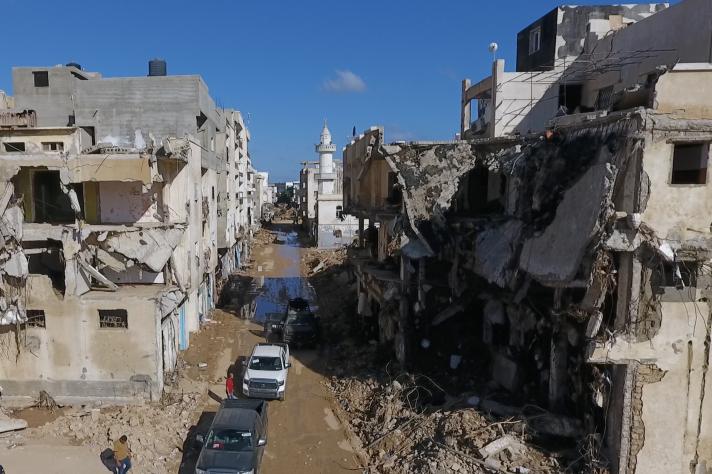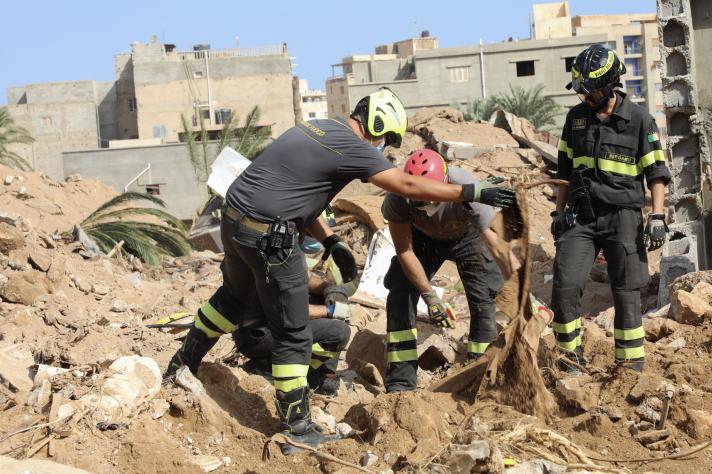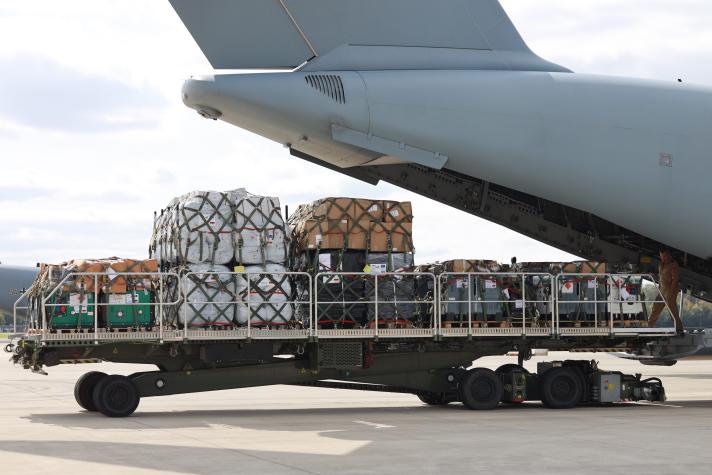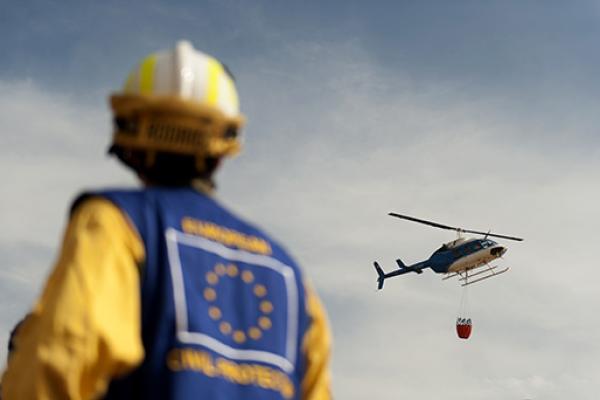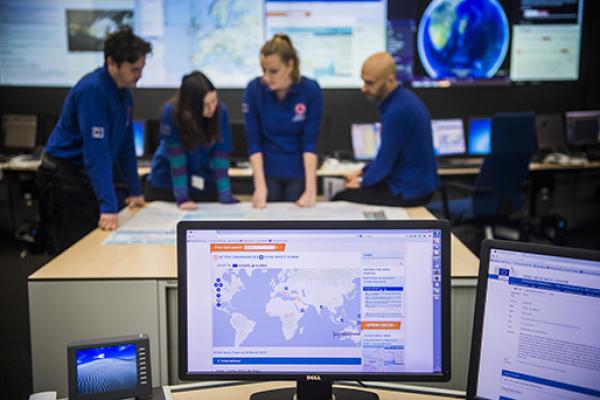On 10 September, torrential rainfall resulting from Mediterranean Storm Daniel made its impact across northeastern Libya. Thousands of people have lost their lives, and many more are still missing. Right from the start, the EU has been helping out with emergency aid through the Civil Protection Mechanism and humanitarian funds.
The torrential rainfall caused the collapse of 2 dams close to the coastal city of Derna. Flood water swept away entire neighbourhoods and damaged critical infrastructure, including bridges, roads, and communication networks.
According to the World Health Organization, over 4,000 people died in the floods and around 8,500 are still missing. Floods also displaced dozens of thousands of people while assessments are still ongoing.
The first days in the immediate aftermath of any major disaster are crucial for search and rescue operations, as there are chances to find people still alive trapped under debris.
This is also a critical time window to address the urgent needs of the affected population such as shelter, vital medical supplies and hygiene kits.
In response to a request for international assistance, the EU Civil Protection Mechanism was activated on 12 September to provide support to Libya.
Immediately after, several EU countries offered substantial assistance through the Civil Protection Mechanism. To date, 10 Member States stepped up to the challenge.
The EU also deployed a humanitarian expert to assess people’s needs beyond the city of Derna as well as environmental experts to be associated with the United Nations Disaster Assessment and Coordination (UNDAC) team operating on the ground.
The assistance offered by Member States includes medical teams, shelter items, heavy machinery, rubble removal trucks, search and rescue helicopters, technical experts, and other vital support.
Despite access challenges, the aid reached the most severely affected areas, in close coordination with the authorities.
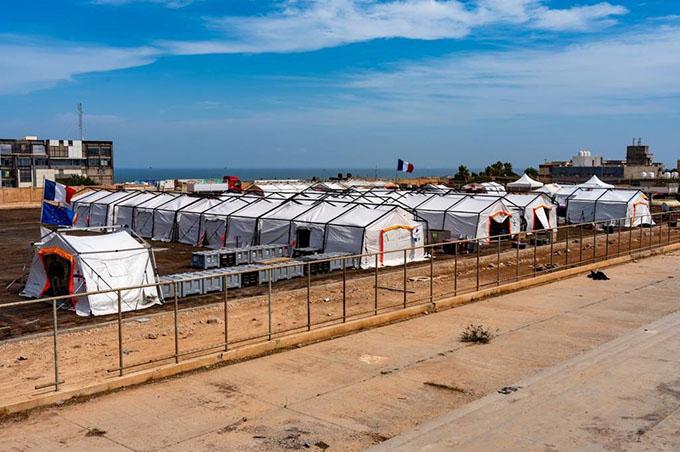
To complement the assistance, on 14 September, the EU released a first emergency allocation of €500,000 in humanitarian funding to tackle the most urgent needs of people affected by the impact of Storm Daniel.
As needs dramatically increased, a few days later, the EU strengthened its support to people in the country. We released an additional €5.2 million in humanitarian funding, bringing the total to €5.7 million.
The funding is channelled through EU humanitarian partners active in the country, enabling them to strengthen assistance with a focus on shelter, health, food, water, sanitation and hygiene, and protection.
We continue monitoring the situation and stand ready to provide further assistance if needed.

